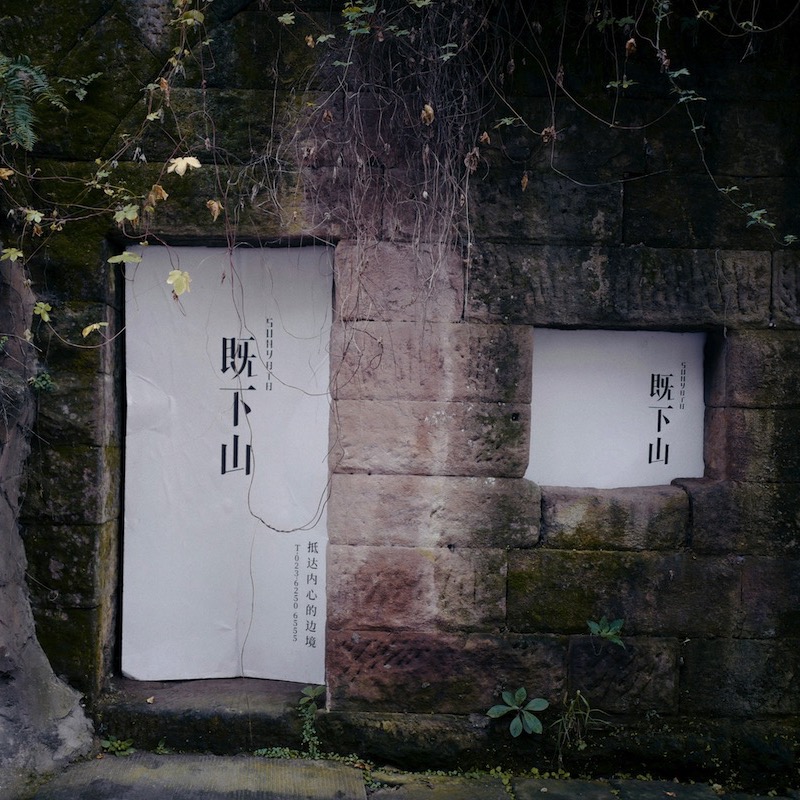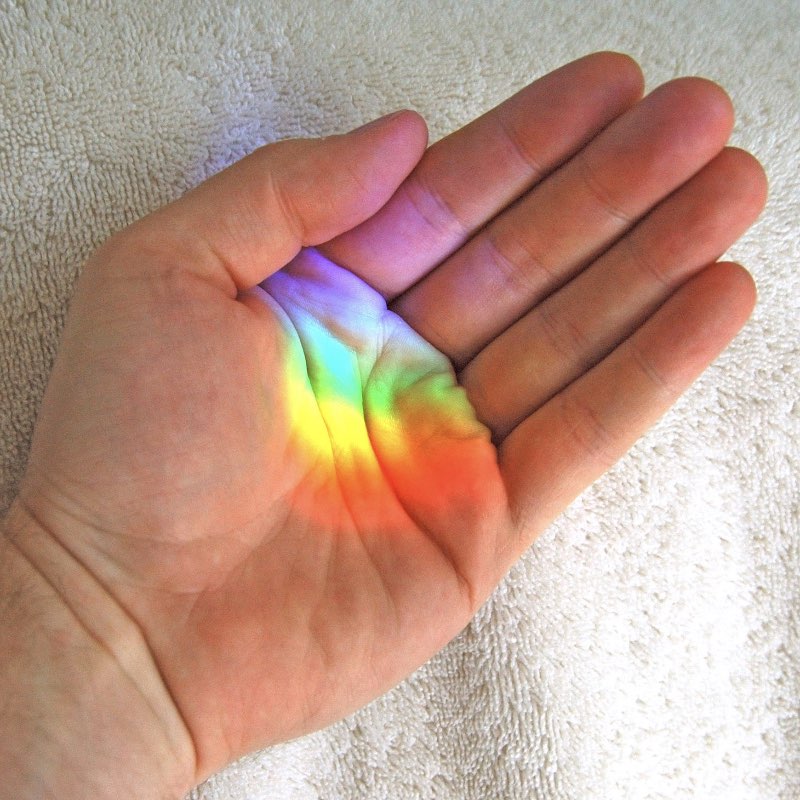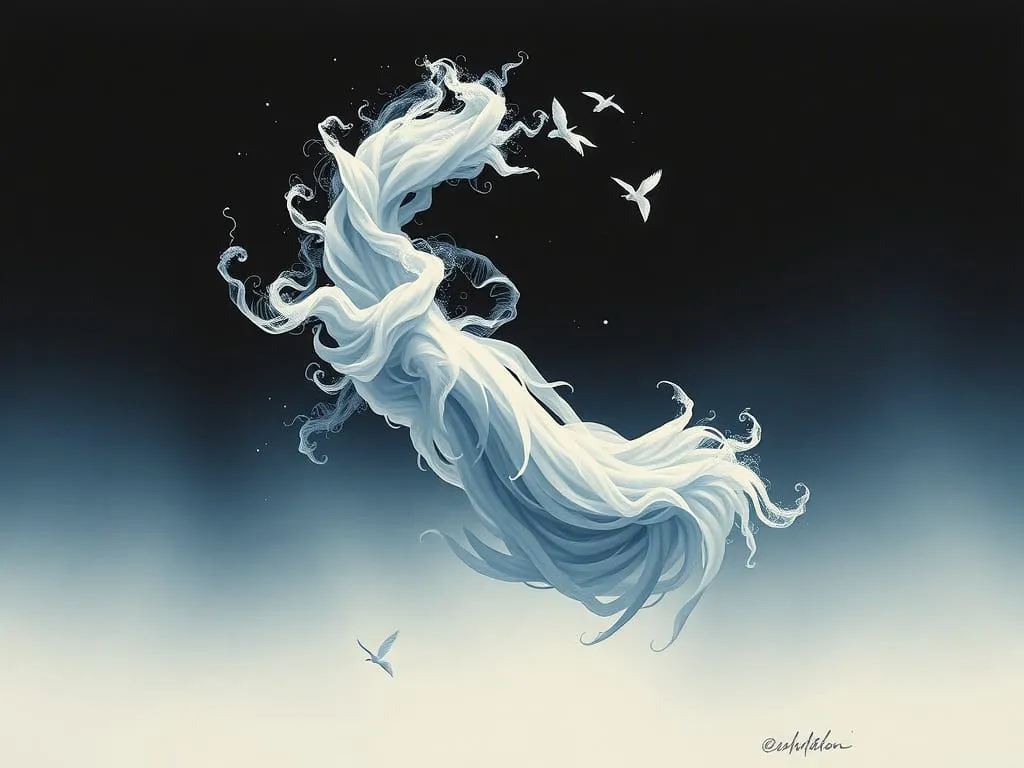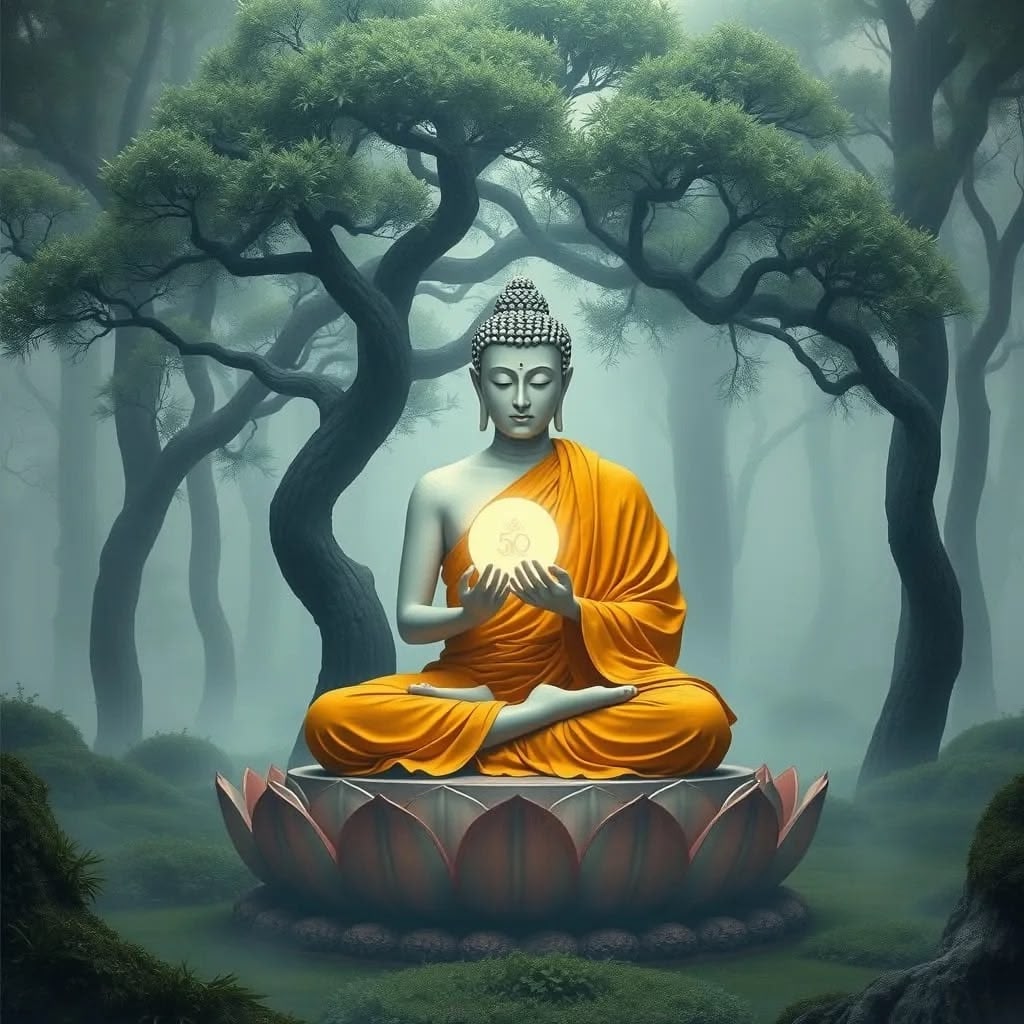Magdi Badawy:
A contemplation of the nature of consciousness.
Sunyata, or emptiness, is a fundamental concept in Buddhist philosophy, particularly in Mahayana Buddhism. It refers to the idea that all phenomena lack inherent existence or an independent, permanent self[1][2].
The core meaning of sunyata is that nothing exists in isolation or has a fixed, unchanging essence. Rather, all things are interdependent and exist only in relation to other causes and conditions[2]. This applies to physical objects, mental states, and even the concept of self.
Some key points about sunyata include:
- It does not mean nothingness or non-existence. Rather, it describes how things exist – as interdependent and impermanent[2].
- It’s seen as the ultimate nature of reality, beyond our conventional understanding[1].
- Realizing emptiness is considered crucial for liberation from suffering, as it counters our tendency to cling to things as permanent and separate[2].
- The concept is often explained through the “two truths” doctrine – conventional truth (how things appear) and ultimate truth (their empty nature)[2].
- Emptiness applies to all phenomena, including Buddhist teachings themselves. This is sometimes called the “emptiness of emptiness”[4].
- The Heart Sutra famously states “Form is emptiness, emptiness is form,” highlighting the paradoxical nature of this teaching[4].
Understanding and realizing emptiness is seen as a path to freedom from attachment and suffering. However, it’s considered a profound and challenging concept that is best understood through meditative practice rather than intellectual analysis alone[1][2].
Citations:
[1] https://www.buddhanet.net/cbp2_f6.htm
[2] https://www.lionsroar.com/buddhism/emptiness-sunyata/
[3] https://www.britannica.com/topic/sunyata
[4] https://www.samwoolfe.com/2022/05/emptiness-in-buddhism.html
[5] https://tricycle.org/beginners/buddhism/what-do-buddhists-mean-when-they-talk-about-emptiness/
Photo source:
https://unsplash.com/photos/text-Kp4kdv0UvSU
Claude.ai: The symbols in the image are Chinese characters. They say “既下山” (jì xià shān), which appears on both white panels visible in the stone wall. This phrase can be roughly translated to English as “Already down the mountain” or “Having descended the mountain”.













Reply